
The Pacific Electric Railway Company, nicknamed the Red Cars, was a privately owned mass transit system in Southern California consisting of electrically powered streetcars, interurban cars, and buses and was the largest electric railway system in the world in the 1920s. Organized around the city centers of Los Angeles and San Bernardino, it connected cities in Los Angeles County, Orange County, San Bernardino County and Riverside County.

The PCC is a streetcar (tram) design that was first built in the United States in the 1930s. The design proved successful in its native country, and after World War II it was licensed for use elsewhere in the world where PCC based cars were made. The PCC car has proved to be a long-lasting icon of streetcar design, and many remain in service around the world.

The F Market & Wharves line is one of several light rail lines in San Francisco, California. Unlike most other lines in the system, the F line runs as a heritage streetcar service, almost exclusively using historic equipment both from San Francisco's retired fleet as well as from cities around the world. While the F line is operated by the San Francisco Municipal Railway (Muni), its operation is supported by Market Street Railway, a nonprofit organization of streetcar enthusiasts which raises funds and helps to restore vintage streetcars.

The San Diego Trolley is a light rail system operating in the metropolitan area of San Diego. It is known colloquially as "The Trolley". The Trolley's operator, San Diego Trolley, Inc. (SDTI), is a subsidiary of the San Diego Metropolitan Transit System (MTS). The Trolley began service on July 26, 1981, making it the oldest of the second-generation light rail systems in the United States. The Trolley system serves 62 stations, comprises 65 miles (105 km) of route, three primary lines that operate daily, and one heritage line that operates on a circuit of downtown on select days. In 2021, the Trolley had the fifth highest ridership of light rail systems in the United States, with 47,200,100 annual rides, or about 208,400 per weekday as of the second quarter of 2022.

The McKinney Avenue Transit Authority (MATA), a non-profit organization, operates the M-line Trolley in Dallas, Texas (USA). The offices and car barn are located at 3153 Oak Grove, Dallas, TX 75204. In operation since 1989, it is an example of a heritage streetcar running historic cars. The main stretch of the line runs down McKinney Avenue in Uptown. While the "M-Line" name was officially adopted for the service in 2002, the line continues to be commonly known as "the McKinney Avenue trolley".
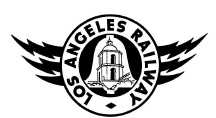
The Los Angeles Railway was a system of streetcars that operated in Central Los Angeles and surrounding neighborhoods between 1895 and 1963. The system provided frequent local services which complemented the Pacific Electric "Red Car" system's largely commuter-based interurban routes. The company carried many more passengers than the Red Cars, which served a larger and sparser area of Los Angeles.
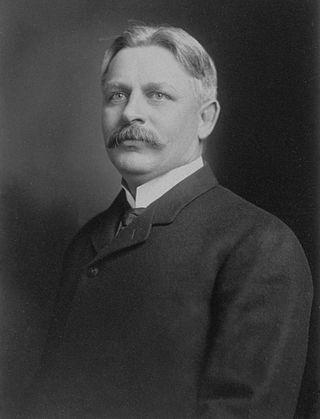
John Diedrich Spreckels, the son of German-American industrialist Claus Spreckels, founded a transportation and real estate empire in San Diego, California, in the late 19th and early 20th centuries. The entrepreneur's many business ventures included the Hotel del Coronado and the San Diego and Arizona Railway, both of which are credited with helping San Diego develop into a major commercial center.

Streetcars were part of the public transit service in Kenosha, Wisconsin in the first third of the 20th century, and returned to this role in 2000.

Pittsburgh Railways was one of the predecessors of Pittsburgh Regional Transit. It had 666 PCC cars, the third largest fleet in North America. It had 68 streetcar routes, of which only three are used by the Port Authority as light rail routes. With the Port Authority's Transit Development Plan, many route names will be changed to its original, such as the 41D Brookline becoming the 39 Brookline. Many of the streetcar routes have been remembered in the route names of many Port Authority buses.

Santa Fe Depot in San Diego, California, is a union station built by the Atchison, Topeka and Santa Fe Railway to replace the small Victorian-style structure erected in 1887 for the California Southern Railroad Company. The Spanish Colonial Revival style station is listed on the National Register of Historic Places and is a San Diego Historic Landmark. Its architecture, particularly the signature twin domes, is often echoed in the design of modern buildings in Downtown San Diego.

Light rail is a commonly used mode of public transit in North America. The term light rail was coined in 1972 by the Urban Mass Transportation Administration to describe new streetcar transformations which were taking place in Europe and the United States. The Germans used the term Stadtbahn, which is the predecessor to North American light rail, to describe the concept, and many in UMTA wanted to adopt the direct translation, which is city rail. However, in its reports, UMTA finally adopted the term light rail instead.

The Pittsburgh Light Rail is a 26.2-mile (42.2 km) light rail system in Pittsburgh, Pennsylvania, and surrounding suburbs. It operates as a deep-level subway in Downtown Pittsburgh, but runs mostly at-grade in the suburbs south of the city. The system is largely linear in a north-south direction, with one terminus just north of Pittsburgh's central business district and two termini in the South Hills. The system is owned and operated by Pittsburgh Regional Transit. It is the successor system to the streetcar network formerly operated by Pittsburgh Railways, the oldest portions of which date to 1903. The Pittsburgh light rail lines are vestigial from the city's streetcar days, and is one of only three light rail systems in the United States that continues to use the Pennsylvania Trolley (broad) gauge rail on its lines instead of 4 ft 8+1⁄2 instandard gauge. Pittsburgh is one of the few North American cities that have continued to operate light rail systems in an uninterrupted evolution from the first-generation streetcar era, along with Boston, Cleveland, New Orleans, Newark, Philadelphia, San Francisco and Toronto. In 2021, the system had a ridership of 27,975,600.

The San Diego Metropolitan Transit System is a public transit service provider for Central, South, Northeast and Southeast San Diego County. The agency directly operates a large transit system that includes the MTS Bus, San Diego Trolley light rail, and Rapid bus rapid transit services. The MTS also controls the San Diego and Arizona Eastern (SD&AE) freight railway and regulates taxicabs, jitneys, and other private for-hire passenger transportation services.

Streetcars or trolley(car)s were once the chief mode of public transit in hundreds of North American cities and towns. Most of the original urban streetcar systems were either dismantled in the mid-20th century or converted to other modes of operation, such as light rail. Today, only Toronto still operates a streetcar network essentially unchanged in layout and mode of operation.

The Third Avenue Railway System (TARS), founded 1852, was a streetcar system serving the New York City boroughs of Manhattan and the Bronx along with lower Westchester County. For a brief period of time, TARS also operated the Steinway Lines in Long Island City.
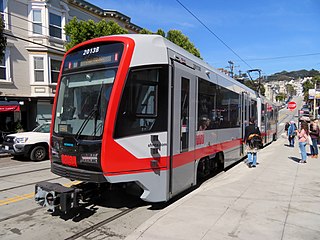
With five different modes of transport the San Francisco Municipal Railway runs one of the most diverse fleets of vehicles in the United States. Roughly 500 diesel-electric hybrid buses, 300 electric trolleybuses, 250 modern light rail vehicles, 40 historic streetcars and 40 cable cars see active duty.

Streetcars in St. Louis, Missouri operated as part of the transportation network of St. Louis from the middle of the 19th century through the early 1960s. During the first forty years of the streetcar in the city, a variety of private companies operated several dozen lines; from the start of the 20th century, most of these companies consolidated into the St. Louis Public Service Company, which served both the city of St. Louis and neighboring St. Louis County, Missouri. Other private companies, such as those serving the Metro East region or St. Charles, Missouri, continued separate operations. Starting in the 1930s and continuing through the 1960s, St. Louis Public Service ended all streetcar service, while other regional operators also ended their services.
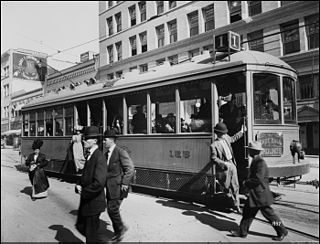
The San Diego Class 1 streetcar was a fleet of twenty-four unique streetcars that were originally built to provide transportation for the Panama-California Exposition in Balboa Park. The cars were designed by the San Diego Electric Railway Company (SDERy) under the leadership of John D. Spreckels and built by the St. Louis Car Company (SLCCo). These cars, which took the best elements from preceding models and integrated them into a new, modern streetcar design, went on to serve the many neighborhoods of San Diego until they were retired in 1939.

The Silver Line is a 2.7-mile (4.3 km) heritage streetcar line operated by the San Diego Trolley, an operating division of the San Diego Metropolitan Transit System. It currently operates the "downtown loop"; a circle of tracks around Downtown San Diego, and is operated using renovated historic vehicles. The line is also known as the SDG&E Silver Line after San Diego Gas & Electric (SDG&E), which has provided grants to help restore the streetcars and also sponsors a 3rd-grade history curriculum that includes free rides on the line. The line is one of four lines in the Trolley system; the others include the Blue, Orange, and Green lines.
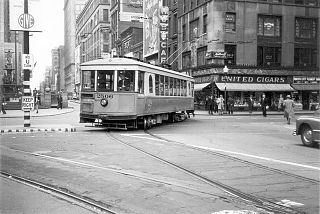
Streetcars operated by the Cincinnati Street Railway were the main form of public transportation in Cincinnati, Ohio, at the end of the 19th century and the start of the 20th century. The first electric streetcars began operation in 1889, and at its maximum, the streetcar system had 222 miles (357 km) of track and carried more than 100 million passengers per year. A very unusual feature of the system was that cars on some of its routes traveled via inclined railways to serve areas on hills near downtown. With the advent of inexpensive automobiles and improved roads, transit ridership declined in the 20th century and the streetcar system closed in 1951.

























